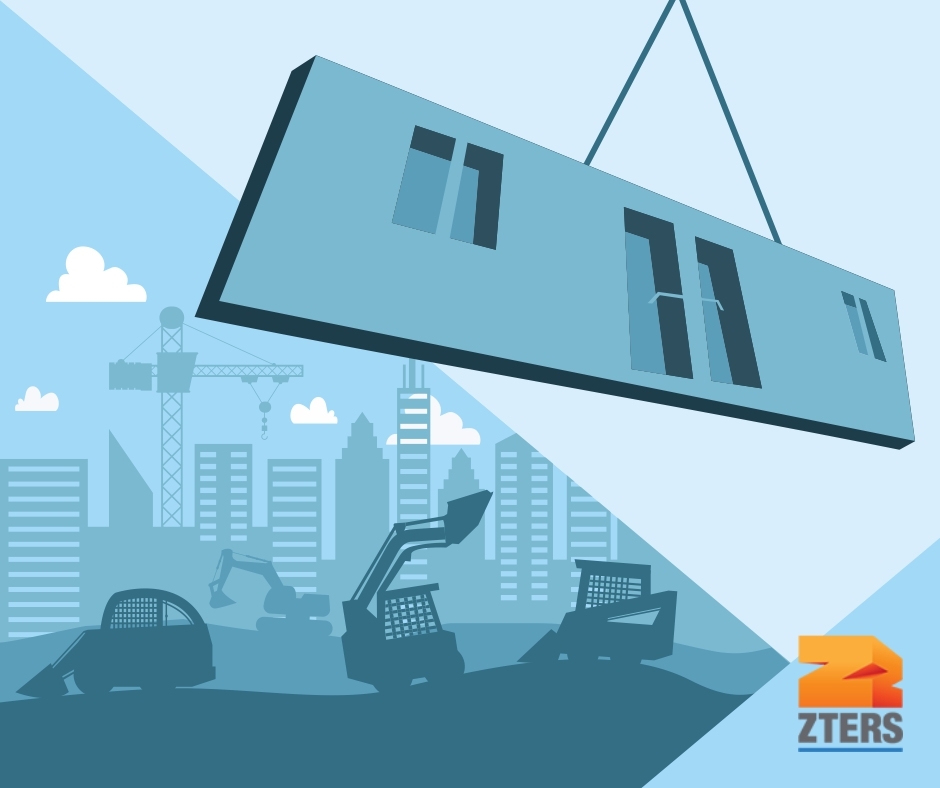As any construction professional knows, choosing the right approach to your project can be just as important as executing the project itself. That’s why deciding between on-site construction and off-site construction can significantly impact your project’s success.
On-site and off-site construction are two distinct methods, each with its own set of advantages and challenges. Read on as we explore the differences between on-site and off-site construction.
What is On-Site Construction?
On-site construction refers to the traditional method of building structures directly at the project location. This approach involves assembling the building components, pouring concrete, and installing materials on-site. It comes as no surprise that given its ubiquity, there are many benefits to on-site construction.
Pros of On-Site Construction
- Flexibility
On-site construction allows for real-time adjustments and modifications to the project, accommodating unexpected changes.
- Local Job Creation
The method supports local labor markets, contributing to the community and economy.
- Customization
Builders have greater control over the design and can tailor the project to specific requirements. In other words, the need for adjustments may be more evident when actually onsite.
Cons of On-Site Construction
- Weather Dependency
Construction schedules can be affected by adverse weather conditions, potentially causing delays.
- Higher Costs
On-site construction may incur higher labor and material costs due to the need for skilled workers and transportation of materials.
Starting a Construction Project?
Kick off your jobsite rental with an account manager.
What is Off-Site Construction?
On the other hand, off-site construction involves manufacturing building components in a controlled environment away from the project site. These components are then transported and assembled on-site. It may sound counter-intuitive, but there are a wealth of benefits associated with off-site construction.
Pros of Off-Site Construction
- Time Efficiency
Off-site construction often reduces overall project timelines, as components can be manufactured simultaneously with site preparation. This is contingent on every worker understanding the project expectations and milestones.
- Quality Control
The controlled environment in off-site construction facilities enhances quality control, resulting in higher precision and consistency.
- Reduced Site Disruption
Off-site construction minimizes disruption to the surrounding area, making it an ideal choice for projects in populated or sensitive locations.
Cons of Off-Site Construction
- Transportation Challenges
Shipping large components to the construction site can pose logistical challenges and add to the project cost. Transporting materials involves careful planning and coordination–often with third-party transportation companies.
- Design Limitations
Off-site construction may have design limitations due to the need for transportation and assembly.
On-Site vs. Off-Site: Which is Right for Your Project?

Choosing between on-site construction vs. off-site construction depends on various factors, including project size, location, budget, and timeline. Each method has its own set of advantages and challenges, and the decision should be made based on a careful assessment of these factors.
By understanding the nuances of on-site construction vs. off-site construction, you can make an informed choice that aligns with the specific needs and goals of your project. ZTERS has helped empower construction professionals for over a decade by providing quality construction site services. Reach out to learn more about how we can support your project.
Check out our other blog posts about construction.

